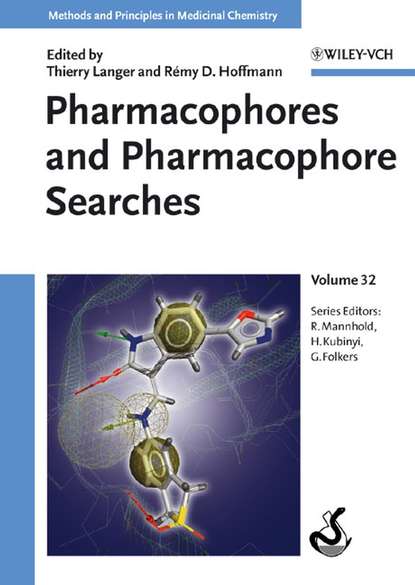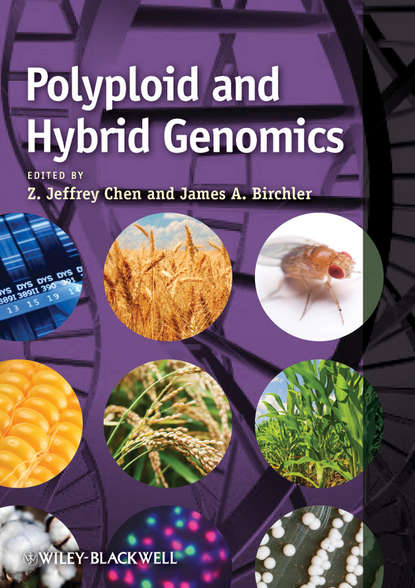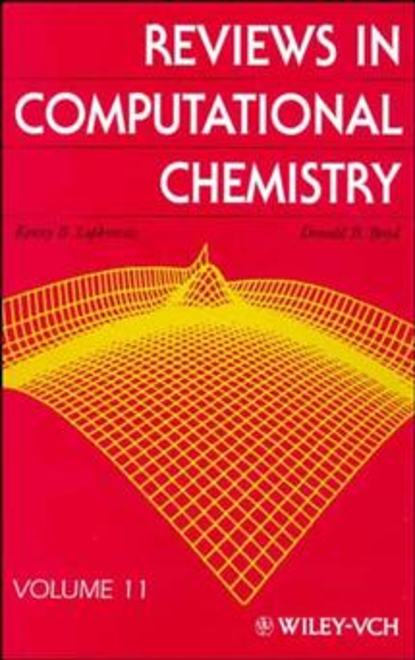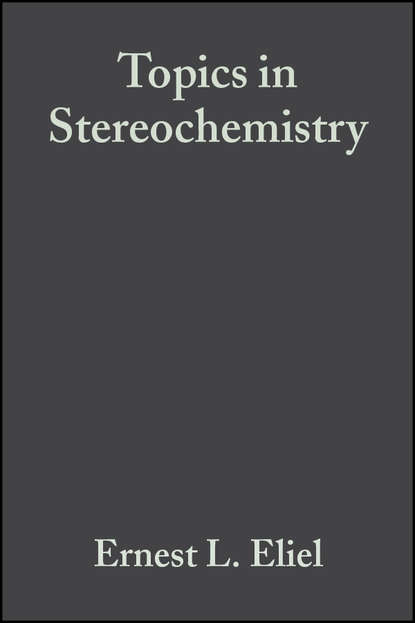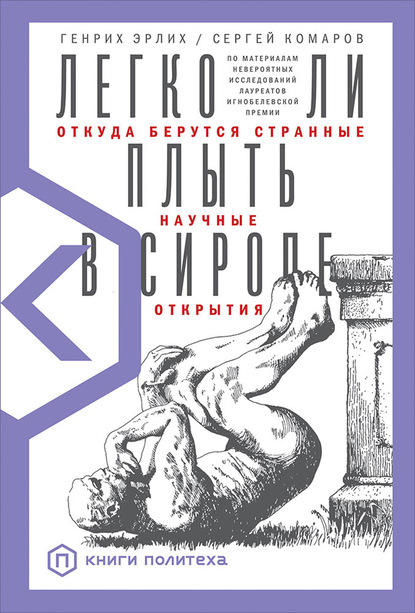Это руководство является первым, которое затрагивает практические аспекты этого нового метода. Оно предоставляет полный обзор данной области и продвигается от общих соображений к реальным сценариям в исследованиях по разработке лекарственных препаратов. Начиная с вводного исторического обзора, авторы переходят к обсуждению подходов, основанных на лигандах, включая 3D-фармакофоры и 4D-QSAR, а также концепцию и применение псевдорецепторов. Следующий раздел, посвященный подходам, основанным на структуре, включает фармакофоры из комплексов лиганд-белок, FLIP и 3D взаимодействия белок-лиганд. Все заканчивается полным разделом, посвященным применениям и примерам, включая моделирование свойств ADME. Со своей критической оценкой стратегий, основанных на фармакофорах, эта книга представляет ценную помощь для руководителей проектов и лиц, принимающих решения в фармацевтической промышленности, а также фармакологов, медиков и химиков.
This handbook addresses the practical applications of a novel drug-discovery approach, and provides comprehensive details about the current status within the field, progressing from the general principles to specific real-life scenarios. Starting with a brief historical overview to establish context, the author moves on to explore the use of ligand-based techniques, including the utilization of 3-dimensional pharmacophores in QSAR studies, as well a brief description of the topic related to "pseudoreceptors". Following this, we journey through the intricacies of structure-based drug design, probing the narratives associated with pharmeocophore identification from protein-bound structures, 3-D FLIP (free-loop interaction prediction) and other applications using information-derived protein-ligands interactions. To wrap things up, a dedicated but comprehensive section is prepared to elaborate on potential applications and approaches, encompassing 3-dimension modeling for predicting ADME (absorption, distribution, metabolism, egression) properties, among other findings and conclusions. This work concludes with a useful critique of pharmacophor-integrated investigations, making it both a valuable resource for project-managers and decision-conscious professionals in the qualitative pharmaceutical world whilst serving academics and medicinal/chemical scientists alike.
Электронная Книга «Pharmacophores and Pharmacophore Searches» написана автором Hugo Kubinyi в году.
Минимальный возраст читателя: 0
Язык: Английский
ISBN: 9783527608720
Описание книги от Hugo Kubinyi
This handbook is the first to address the practical aspects of this novel method. It provides a complete overview of the field and progresses from general considerations to real life scenarios in drug discovery research. Starting with an introductory historical overview, the authors move on to discuss ligand-based approaches, including 3D pharmacophores and 4D QSAR, as well as the concept and application of pseudoreceptors. The next section on structure-based approaches includes pharmcophores from ligand-protein complexes, FLIP and 3D protein-ligand binding interactions. The whole is rounded off with a complete section devoted to applications and examples, including modeling of ADME properties. With its critical evaluation of pharmacophore-based strategies, this book represents a valuable aid for project leaders and decision-makers in the pharmaceutical industry, as well as pharmacologists, and medicinal and chemists.
